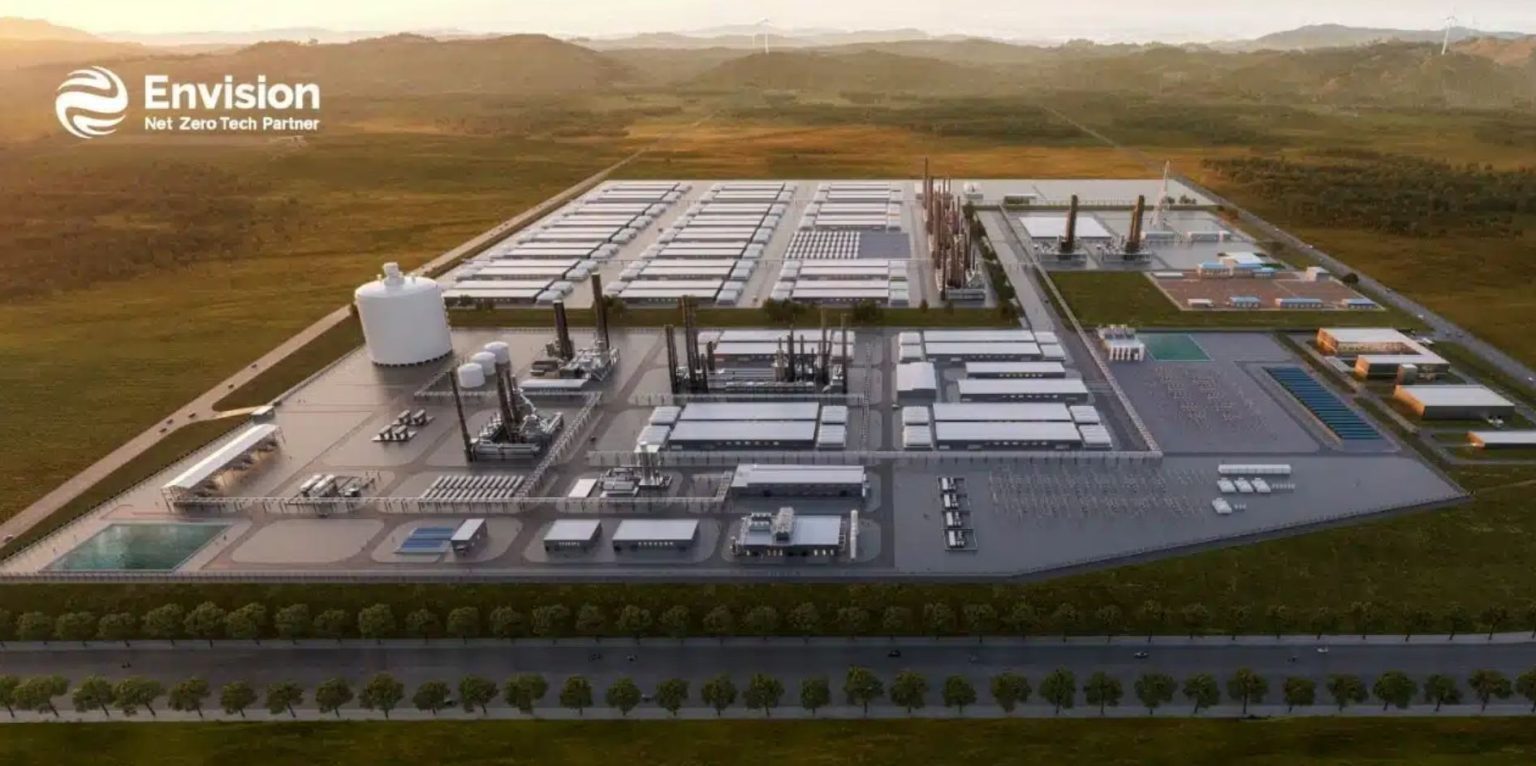An early‑stage production target of 300,000 t yr at Envision Energy’s 500 MW Chifeng facility positions it among the world’s largest green hydrogen‑to‑ammonia complexes, now formally certified as “renewable” by Bureau Veritas and underpinned by a strategic offtake agreement with Marubeni Corporation. These milestones arrive as the plant approaches phase‑one commissioning in Q3 2025, marking a pivotal step in turning scale‑up ambitions into a bankable reality.
Bureau Veritas’s Renewable Ammonia Certification verifies that Chifeng’s ammonia output is derived exclusively from renewable‑powered electrolysis, meeting stringent criteria on carbon intensity, safety, and traceability. Certification not only signals technical compliance but also serves as a de‑risking mechanism for financiers and offtakers, reducing perceived project risk in a market where green ammonia premiums still exceed their grey counterparts by a factor of three to four.
The Marubeni offtake deal—though undisclosed in volume—anchors demand for Chifeng’s first‑phase output, blending strategic supply assurance with offtaker underwriting offtake risk. In capital‑intensive hydrogen projects, securing long‑term purchase agreements is critical to matching the ten‑year fixed‑premium support structures typical of European and Asian energy tenders. Marubeni’s involvement also hints at downstream value chains—potentially in fertilizer feedstock or marine fuel blending—where low‑carbon credentials are gaining regulatory and customer premiums.
Technologically, Envision leverages a “full‑stack” integration of onshore wind, solar PV, battery energy storage, and proprietary electrolysis units, all configured in an off‑grid layout to optimize capacity factors and grid‑independent operation. Phase 1’s testing since March 2024 has validated dynamic electrolyser control and ammonia synthesis loops, with phase 2 and phase 3 slated to boost capacity cumulatively to 1.5 Mt yr—subject to forthcoming financing and certification milestones.
To bolster international credibility, Envision is pursuing ISCC Plus certification and RFNBO compliance alongside its Bureau Veritas award. ISCC Plus ensures feedstock traceability and sustainability criteria aligned with EU renewable energy directives, while RFNBO approval will facilitate recognition under European Hydrogen Bank auctions and other premium‑pricing mechanisms.
Amid global supply‑chain scrutiny, Chifeng’s achievements exemplify a problem‑solution dynamic: overcoming high capex and offtake risk (the problem) through multi‑tier certification and anchoring offtake contracts (the solution). By front‑loading validation from independent third parties and securing blue‑chip partners, the project mitigates three main barriers—perceived technological risk, revenue uncertainty, and regulatory eligibility.
Envision’s blueprint is already migrating beyond China. During Brazilian President Lula’s May 2025 visit to China, Envision committed to replicating its Net‑Zero Industrial Park model in Brazil to produce “green oil” (SAF, hydrogen, ammonia) using local biomass and renewables. This cross‑continental rollout underscores how robust certification and offtake frameworks can unlock financing for large‑scale green hydrogen hubs in diverse regulatory environments.
By embedding certification at inception and securing offtake anchor customers, Envision’s Chifeng plant integrates technical validation, market demand, and policy alignment into a cohesive investment case—demonstrating a scalable pathway for future green ammonia projects under tightening climate and investment mandates.
